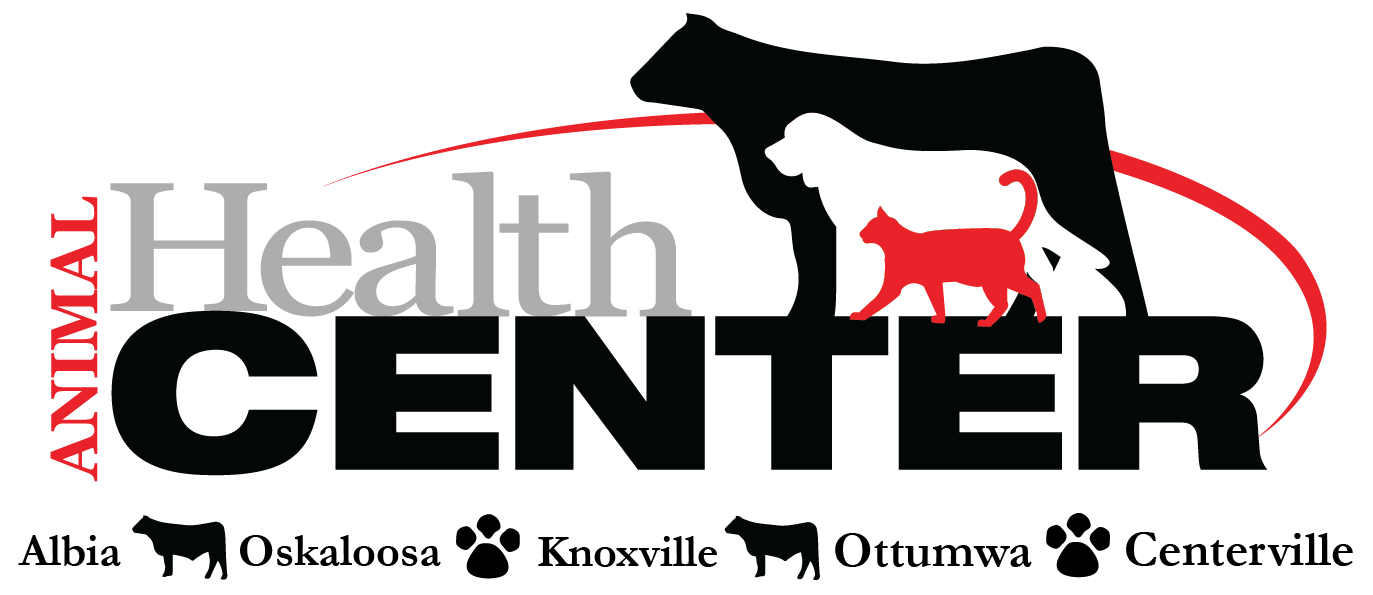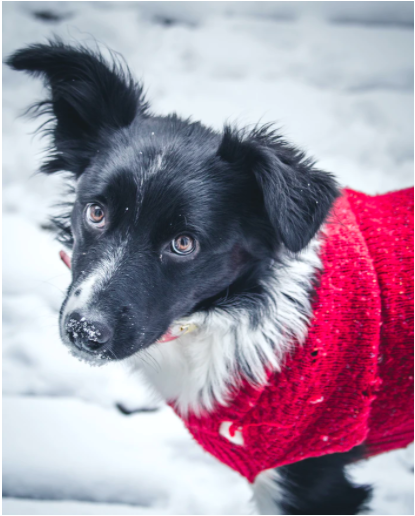When it comes to your pet’s health, a lot of owners overlook their furry friend’s dental hygiene. Brushing your dog’s teeth might sound silly, but it’s a great way to prevent plaque buildup. The good news for dogs is they’re not as prone to cavities as human beings are. You don’t need to brush your dog’s teeth daily but the more often the better. As to be expected, most dogs are not a big fan of this process right away, but you can easily train your dog to have their teeth brushed much like you would to have their nails trimmed.
Here are a few helpful steps to take when brushing your dog’s teeth:
Find the Right Time
Brush your dog’s teeth when she’s calm and relaxed. Your goal: Set a routine. Working up to brushing daily is ideal. But if her mouth is healthy, even three days a week can make a difference. Without brushing, plaque can build up, putting your dog at risk for bad breath, gum disease, and tooth decay. It can also cause painful infection. Severe infection can spread, causing life-threatening conditions.
Picking the right brush
You want to use a toothbrush that is made for dogs. These brushes have softer bristles for your canine. You’ll want to use a toothbrush made for dogs. The bristles are softer and specially angled. For smaller dogs, finger brushes work well but using longer handled brushes give you better reach for larger dogs.
Positioning yourself
Don’t stand above your dog or make them uncomfortable by holding them down. Instead, try kneeling or sitting in front of or to the side of her. Be aware of your dog’s anxiety level. If they seem upset, stop, and try again later. Brushing their teeth may not come easy, it’s okay to slowly take the time to work up to the point where your pet is comfortable.
Test the Toothpaste
Do not use human toothpaste! There are chemicals present that are harmful to dogs.
Purchase the toothpaste meant specifically for your pet. You’ll want to test out your dog’s toothpaste first to make sure they like it. Place a little bit on your finger and let them lick it from your fingertip so that they can get used to the texture and taste. You might find your dog doesn’t care for a particular kind and that’s okay, there are other flavors you can try.
Test out the process
Once you get your pet comfortable to you opening and touching their mouth, start using the toothpaste and toothbrush together. With the toothbrush, angle the bristles so they reach the gum line. Placing them at a 45-degree angle against their teeth will help the bristles massage the gum line and clear away plaque. Like you would on your own teeth, brush in small circles, getting top and bottom on each side. Aim for two minutes total. As you move the bristles along the gum line, some light bleeding may occur. Slight bleeding every so often is okay but ongoing or heavy bleeding might signify you’re brushing too hard or it may be a sign of gum disease. Speak with your vet if you have concerns.
Overall, be sure keep the mood light while you’re brushing your dog’s teeth. Remind them what a good dog they are by patting their head. When you’re finished brushing, reward them with their favorite treat or some extra attention. Always stop when everyone’s still having fun and keep in mind that good dental care doesn’t end with brushing. Certain chews and treats can also help you fight plaque buildup. Happy teeth cleaning!



